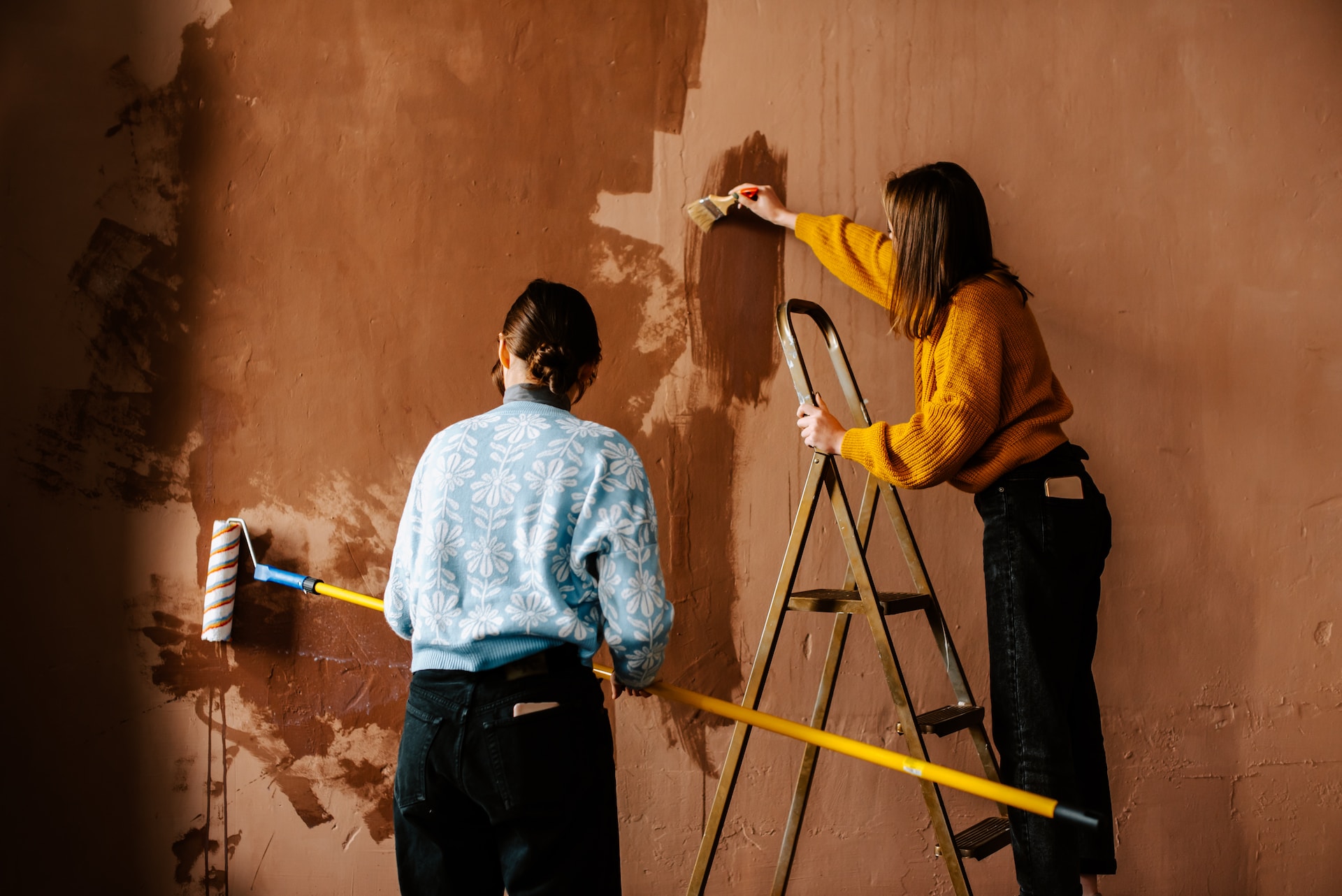Decorating your home is a labor of love, and nothing transforms a room quite like wallpaper. However, hiring a professional installer can be quite expensive. This comprehensive guide will help you navigate your DIY wallpaper installation project, ensuring a professional finish that you can be proud of.
Contents
- 1 1. Selecting a Project and Wallpaper Type for Beginners
- 2 2. Preparing Your Walls
- 3 3. Gathering the Necessary Tools
- 4 4. Laying the Groundwork
- 5 5. Applying the Adhesive
- 6 6. Starting with a Straight Edge
- 7 7. Cutting Off Excess Wallpaper
- 8 8. Cleaning Up Glue
- 9 9. Setting the Seam
- 10 10. Cutting Corners
- 11 11. Calling in a Pro
- 12 12. Aftercare and Maintenance
- 13 Conclusion
1. Selecting a Project and Wallpaper Type for Beginners
1.1 Choosing Your First Project
When starting out with wallpapering, it’s crucial to choose a simpler project. Avoid complex tasks like grasscloth wallpaper installations, which can be more challenging due to their thickness and the potential for staining. Instead, opt for a smaller area or a wall with fewer architectural features.
1.2 Selecting the Right Wallpaper
In addition to choosing a manageable project, selecting high-quality wallpaper from love vs design is crucial. While it may be more expensive, the quality will pay off in the long run. Also, remember to order more wallpaper than you think you’ll need, as variations in color can occur between batches.
2. Preparing Your Walls
2.1 Applying Wall Sizer
Before you begin the wallpaper installation, you’ll need to coat your walls with a wall sizer. This product promotes adhesion, simplifies positioning during installation, and makes wallpaper removal easier in the future. If you’re installing dark wallpaper on light walls (or vice versa), consider tinting your wall sizer to match your wallpaper’s color. This will help conceal any imperfections in your seams.
2.2 Wall Preparation
Before applying the sizer, make sure to patch any holes or cracks in your walls. If there’s existing wallpaper, you’ll need to remove it first. Also, remember to give ample time for any paint to fully cure before applying the wallpaper.
3. Gathering the Necessary Tools
Before you begin, ensure you have all the necessary tools for wallpaper installation. These include a large, flat surface for cutting and applying adhesive to the wallpaper, a 48″ metal level, a smoothing tool, a snap-off razor with extra blades, a large sponge, a seam roller, and wallpaper paste.
4. Laying the Groundwork
4.1 Planning Your Wallpaper Installation
Before you start applying wallpaper, plan where you’ll start and stop. The spot where the first and last strips meet won’t likely match up, so choose a corner or another inconspicuous spot. Also, if your wallpaper has a large pattern, consider whether you want to center it above a furniture piece or other focal points in the room.
4.2 Labeling the Strips
Once you’ve cut your first strip of wallpaper, place a piece of painter’s tape on the top, labeling it as such. This simple step can save you confusion later, especially for patterns where the top and bottom aren’t obvious.
5. Applying the Adhesive
When it comes to applying adhesive, rolling is better than brushing. A roller ensures an even coat, reducing the likelihood of blobs that need smoothing out later. After applying the adhesive, fold the wallpaper in half—this process, known as “booking,” allows the adhesive to soak into the paper and relax it, preventing bubbles and wrinkles later.
6. Starting with a Straight Edge
For a professional finish, it’s essential to start with a straight edge. Use your level to draw a straight line on the wall where the edge of your first wallpaper strip will be. This will help ensure every subsequent strip is also straight.
7. Cutting Off Excess Wallpaper
Once your first strip is up, you’ll need to cut off the excess wallpaper at the top and bottom. The key to this step is a sharp razor. Using a straight edge as your guide, make your cut for a clean line. Remember to keep your razor sharp, replacing the blade frequently.
8. Cleaning Up Glue
You’re likely to get some glue on the front of your wallpaper, but most types can easily be wiped off with a damp cloth or sponge. Be sure to do this before the glue dries.
9. Setting the Seam
When installing subsequent strips, you’ll have to “set the seam.” This process involves carefully aligning the edge of the new strip with the edge of the previously installed strip to create a tight seam. Using your smoother over the seam will set the new sheet in place.
10. Cutting Corners
When you reach a corner, you’ll need to cut your wallpaper strip into two. The first strip should fully cover the first wall, go into the corner, and overlap onto the second wall by about ½”. Then, use a level line to guide the installation of the second strip.
11. Calling in a Pro
Finally, while DIY wallpaper installation can be rewarding, don’t be afraid to call in a professional if you hit a wall (pun intended). Some aspects of wallpaper installation—like navigating intricate angles or dealing with delicate materials—may be more than a beginner can handle.
12. Aftercare and Maintenance
Once your wallpaper is up, it’s essential to maintain it properly. Keep any leftover wallpaper for potential repairs in the future. Regularly dust and clean your wallpaper to keep it looking fresh. If you’ve chosen a removable wallpaper, follow the manufacturer’s instructions for removal when the time comes.
Conclusion
Remember, wallpaper installation is not just about getting the paper on the wall—it’s also about creating a space you love. So, take your time, enjoy the process, and bask in the satisfaction of a job well done when you see the transformation of your room. Happy wallpapering!



